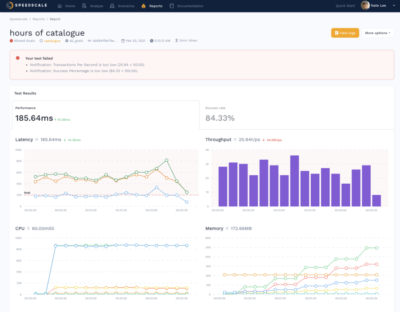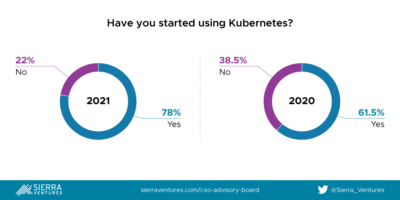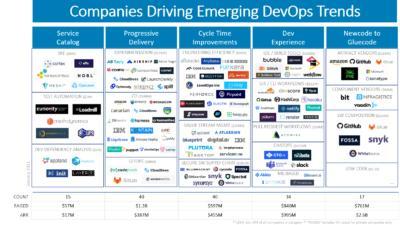Operations | Monitoring | ITSM | DevOps | Cloud
Speedscale
SpeedChat: Product Management and Eating Dog Food
Speedscale ‘SpeedChat’ Episode 1: Discussing software product management, ‘dogfooding’ and scaling quickly for product/market fit without breaking things.
Speedscale 3-Minute Intro: Continuous Resiliency for Cloud-Native Development
Feature Spotlight: Golden Signals
As a team we have spent many years troubleshooting performance problems in production systems. Applications have gotten so complex you need a standard methodology to understand performance. Fortunately right now there are a couple of common frameworks we can borrow from: Despite using different acronyms and terms, they fortunately are all different ways of describing the same thing.
Enterprise CXO Priorities for 2021
One of the reasons we selected Sierra Ventures as one of our seed investors is because of their CXO Advisory Board. They have dozens of knowledgeable advisors across a wide variety of verticals: Healthcare, Consumer, Retail, Finance, Technology, Media and Telecom. Each year they conduct a broad survey of major trends. This kind of survey data is gold for Enterprise-focused startups.
Feature spotlight: Auto Diff - New code vs Prod
When making changes to applications these days, it’s hard to understand and predict the impact of those changes before you deploy. API connections are multiplying, and with new cloud platforms such as containers/serverless, it only add to the complexity. Some people have trouble remembering whether they closed the garage door or turned off the coffee maker. Can you remember all the details of your latest API contract change? Let alone who would be impacted and needed to be notified?
Trends in 2021 Dev-Led Landscape
Nowadays developers are in the driver’s seat regarding a lot of decisions for the tools they use. In this update from Tyler Jewell, he covers what he sees are the Top 5 trends that will take place this year. While it’s a bit of a crowded chart, he plots the companies that he sees driving these trends. If you drill into the Service Catalog trend, Jewell sees a couple of different groups working on ways to help developers deal with the deluge of Services (aka APIs).
From react-admin to pure react
When we were building out our first UI at Speedscale we wanted to get something up and running quickly. Fortunately there are a ton of options of web frameworks that can be used to throw together a quick “hello world” kind of application. However, a SaaS application needs a lot more than just displaying data. It needs to handle user authentication, loading data from a backend API, displaying data in a variety of formats, etc.








